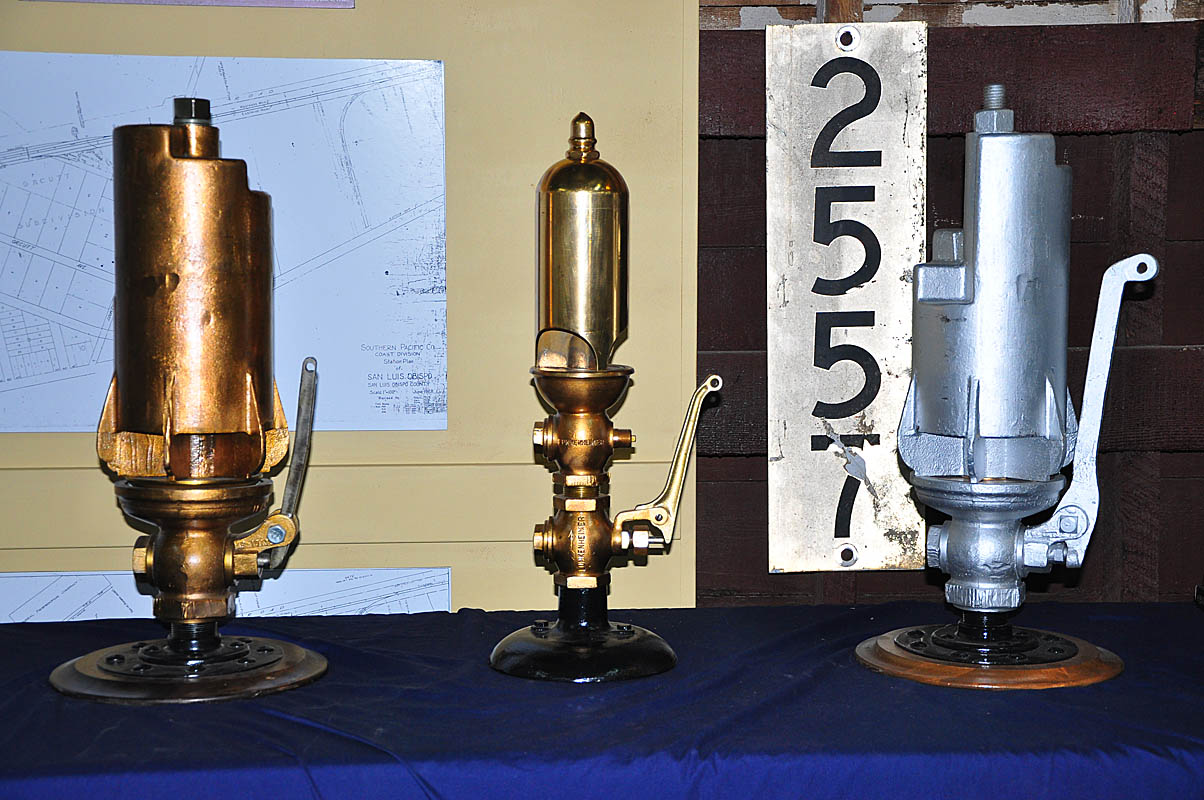Before radio communication came into wide use in the 1960s, a locomotive’s whistle was an important tool in conveying information to other employees, both on and off the train, and many signals were on the books.
The General Code Of Operating Rules, used by many railroads, contains the following list of whistle signals and their meanings:
Note: “o” denotes a short sound; while a “—” is for a longer sound.
— When stopped, air brakes applied, pressure equalized.
— — Release brakes, proceed.
0 0 Acknowledgement of any signal not otherwise provided for.
0 0 0 When stopped, back up; acknowledgement of hand signal to back up.
0 0 0 0 Request for signal to be given or repeated if not understood.
— — 0 — Approaching public grade crossing.
— o Approaching men or equipment on or near the track, regardless of any whistle prohibitions.
A series of short blasts is sounded in an emergency.
Today, the only whistle signals you’re likely to hear regularly are the grade-crossing warning (which is also often used to warn employees or others on the tracks); two (or three) shorts to indicate the engineer has received a signal to start the train forward (or backward); and one long blast when a train is approaching a station on a track next to a platform.















Everyone knows the international crossing signal two longs, one short, a long, and a bell This Is How They know the train is coming through town. Some people do not know the code and there is one signal besides the crossing signal that everyone should know because when you hear it get out of the way 6 Short horn blasts this is the emergency signal hear it get out of the way.
Do you know what GC or GCT refers to in RR terminology?
Thank you for this great article !! My GGGGrandfather, George Mortimer Pullman, invented the Pullman Sleeper car. He was an amazing man in many ways. I’ve always wondered whether or not there was a code for the train Whistle